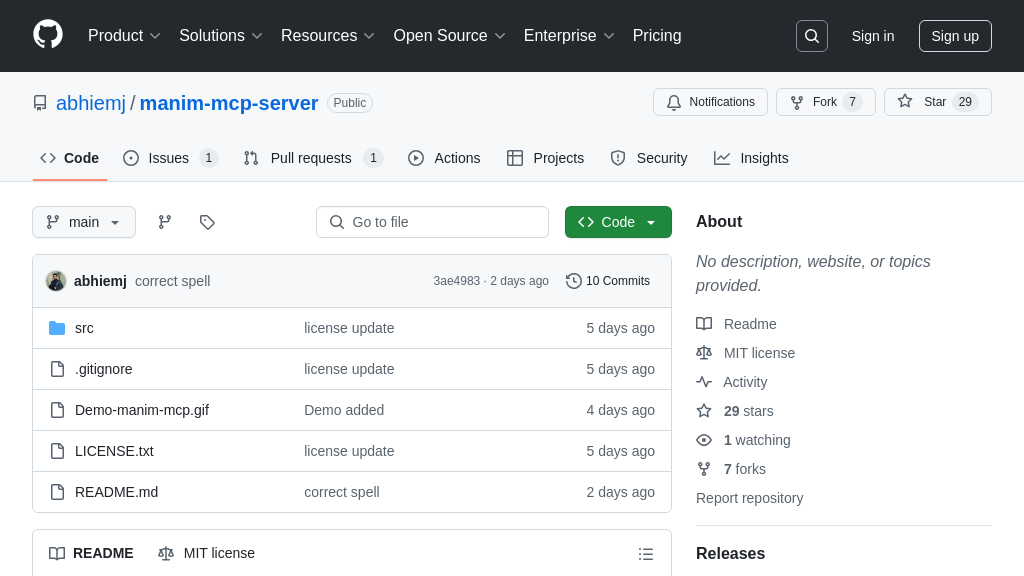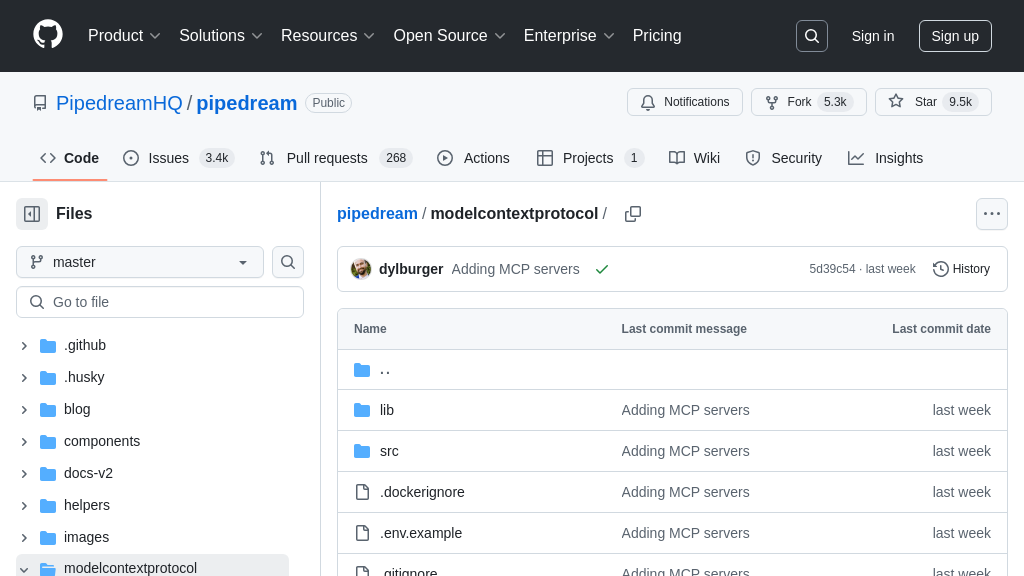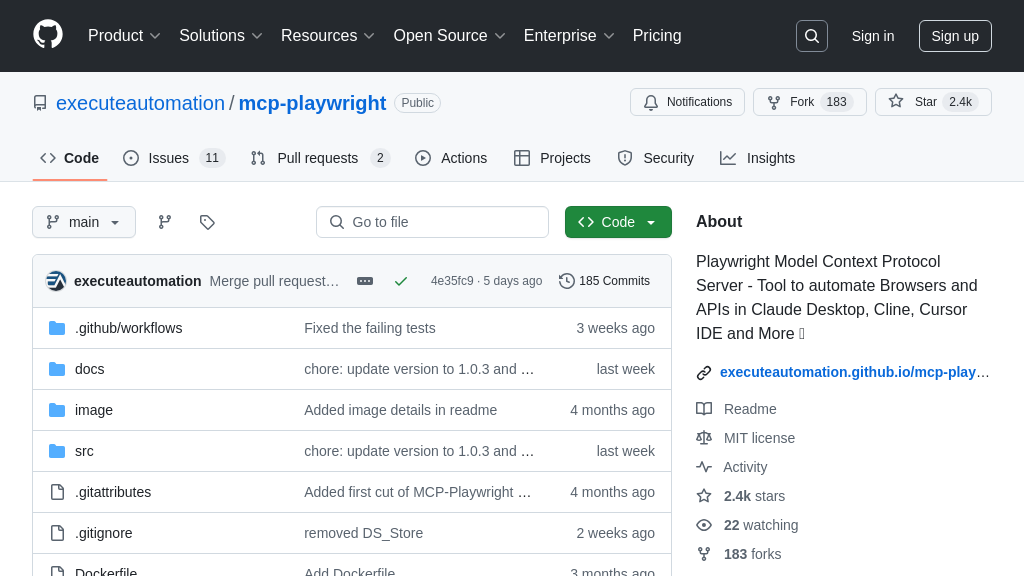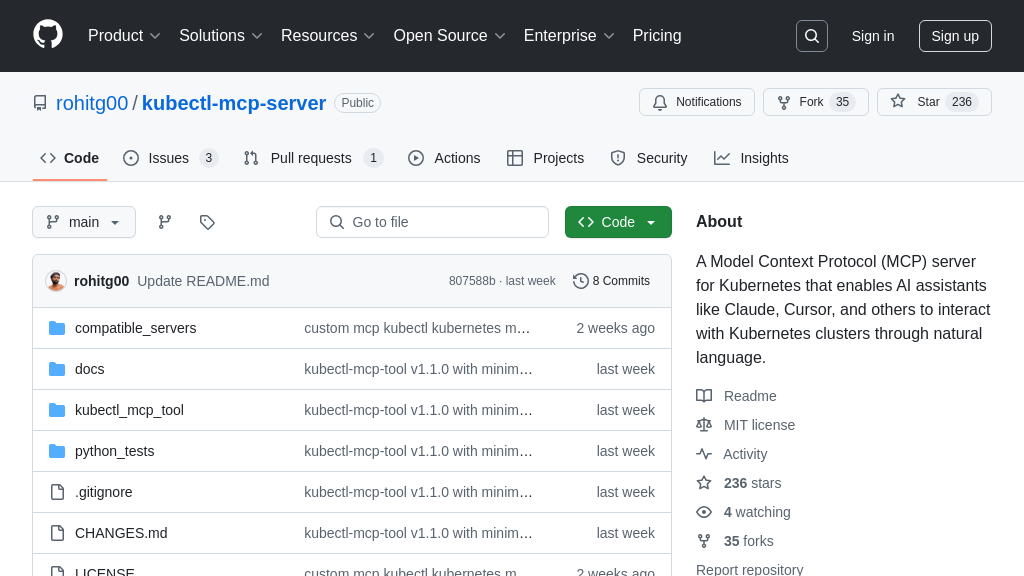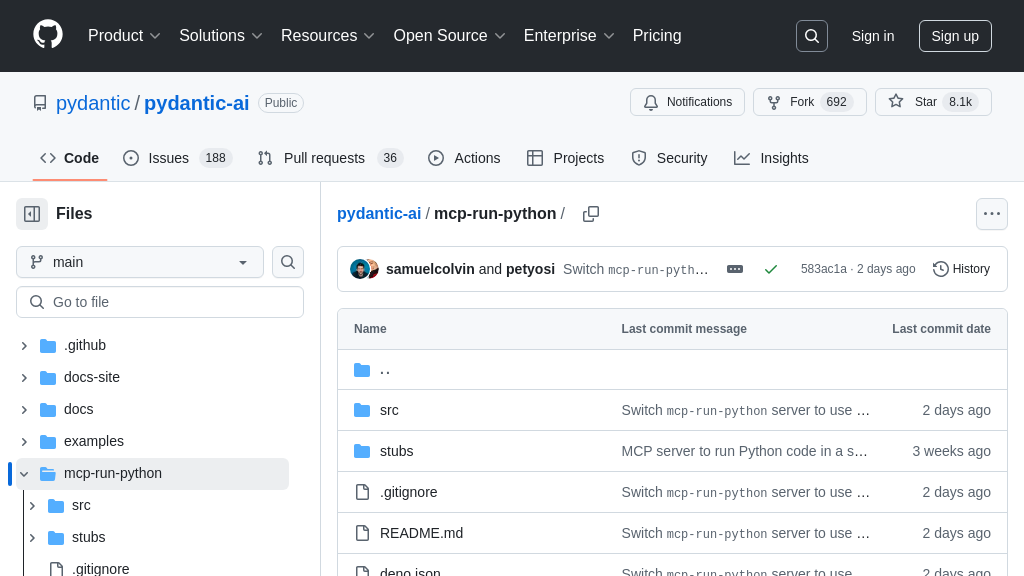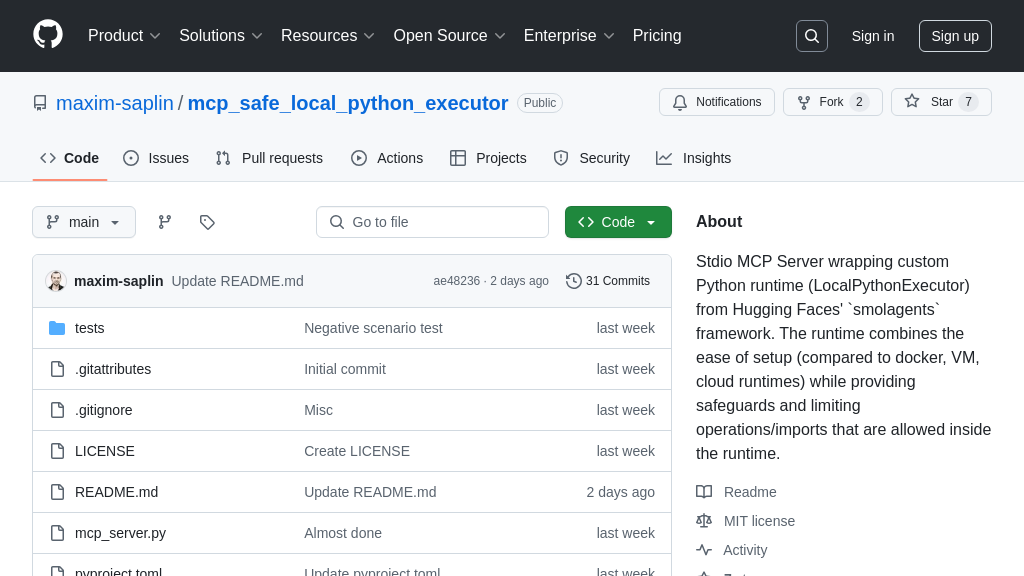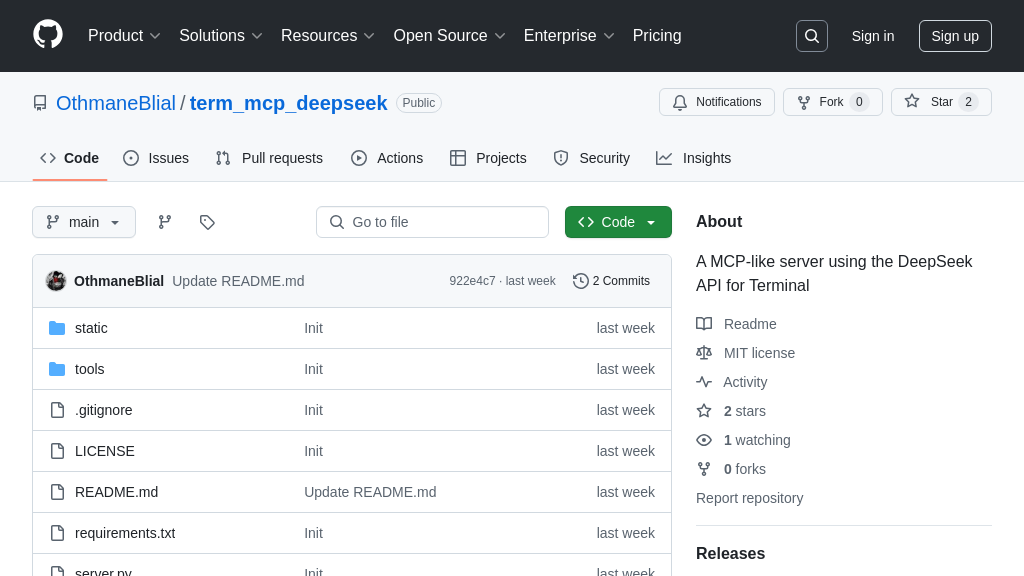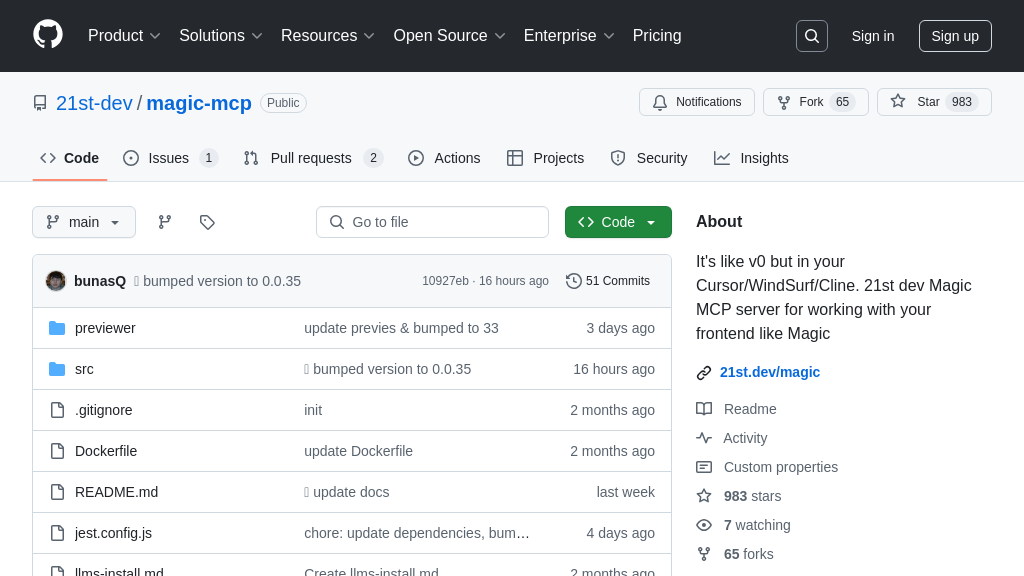gpt-computer-assistant
Upsonic: A reliable AI agent framework with MCP support for building trusted, production-ready AI solutions.
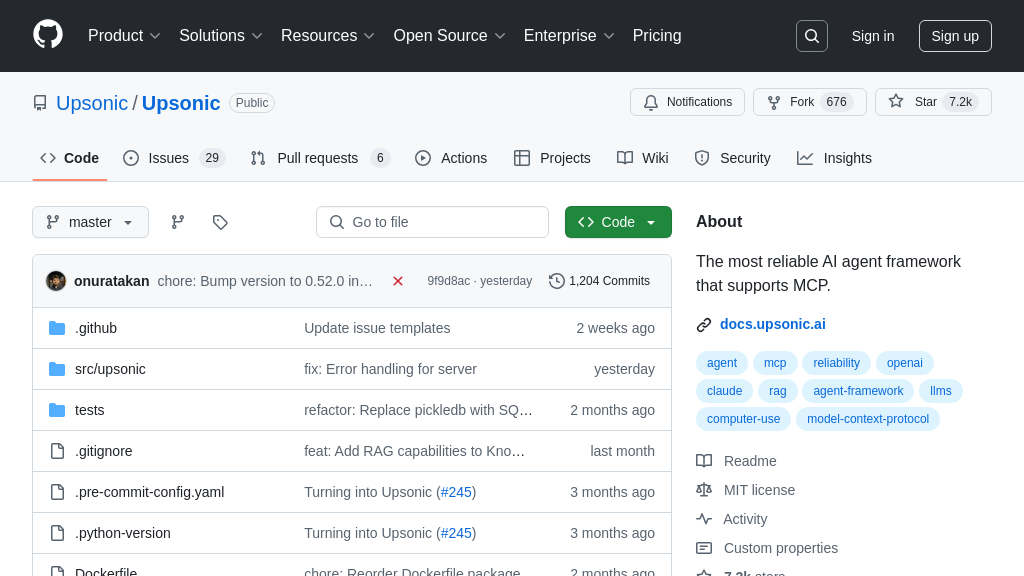
gpt-computer-assistant Solution Overview
Upsonic is an AI agent framework designed for building reliable and production-ready applications. As an MCP solution, Upsonic empowers AI models with robust tools and capabilities, addressing the critical need for dependable AI agent performance. It features a unique reliability layer, incorporating validator and editor agents, along with iterative rounds and loops, to ensure output accuracy and consistency.
Upsonic seamlessly integrates with AI models through its MCP server support, enabling access to a wide array of tools from platforms like Glama and Mcprun. This allows developers to easily extend agent functionality with custom tools or pre-built MCP tools using a single line of code. Furthermore, Upsonic offers integrated computer usage capabilities, mimicking human-like tasks on non-API systems.
The core value of Upsonic lies in its ability to create trustworthy AI agents that can be confidently deployed in real-world scenarios, reducing the risks associated with unreliable LLM outputs. Its production-ready scalability, Docker support, and task-centric design make it a valuable asset for developers seeking to build robust and dependable AI solutions.
gpt-computer-assistant Key Capabilities
Reliability-Focused Agent Framework
Upsonic distinguishes itself by prioritizing reliability in AI agent workflows. It addresses the challenge of unpredictable LLM outputs through a multi-layered system, including Validator Agents, Editor Agents, Rounds, and Loops. Validator Agents detect inconsistencies, numerical errors, and hallucinations, while Editor Agents refine outputs based on feedback. Rounds and Loops provide iterative quality improvements through scoring and controlled feedback. This focus on reliability ensures that AI agents produce accurate and consistent results, making them suitable for real-world applications where dependability is crucial.
For example, in a financial analysis scenario, a Validator Agent can verify the accuracy of numerical data extracted from reports, preventing errors that could lead to incorrect investment decisions. The Editor Agent can then refine the analysis to ensure clarity and conciseness. This reliability layer is activated without disrupting the agent's core functionality, making it easy to integrate into existing workflows.
MCP Server and Tool Integration
Upsonic simplifies the integration of AI agents with external tools and data sources through its support for the Model Context Protocol (MCP). This allows developers to leverage a wide range of pre-built tools and services from platforms like Glama and Mcprun, without needing to build custom integrations from scratch. Upsonic also supports the creation of custom tools using Python functions, making it easy to extend the capabilities of AI agents. The Tool Calling Server provides secure tool management through a robust server API.
Consider a scenario where an AI agent needs to fetch and analyze content from a website. By integrating with an MCP server that provides web scraping capabilities, the agent can easily retrieve the necessary data. The agent can then use its natural language processing capabilities to summarize the content and extract key information. This integration is achieved with minimal code, thanks to Upsonic's support for MCP.
Multi-Agent Task Orchestration
Upsonic facilitates the creation of complex AI workflows by enabling the orchestration of multiple agents to work together on a single task. Its automatic task assignment mechanism efficiently distributes tasks based on the relationships between agents and tasks, ensuring collaborative problem-solving. Upsonic uses Pydantic BaseClass to define structured outputs for tasks, allowing developers to specify the exact response format for their AI agent tasks. This feature is crucial for deploying AI agents across applications or as services.
Imagine a scenario where a company wants to create a personalized outreach message to potential clients. Upsonic can be used to create a workflow where one agent researches the client's company, another agent analyzes a specific job posting, and a third agent crafts the outreach message based on the research and analysis. This multi-agent orchestration ensures that the outreach message is highly targeted and relevant, increasing the chances of a positive response.
Computer Use Integration
Upsonic integrates Anthropic's "Computer Use" functionality, enabling AI agents to perform tasks that mimic human interaction with computers. This allows agents to interact with non-API systems, such as web browsers and desktop applications, expanding their capabilities beyond traditional API-based interactions. This integration allows agents to automate tasks that would otherwise require human intervention, such as filling out forms, navigating websites, and extracting data from web pages.
For example, an AI agent can be used to automate the process of booking travel arrangements. The agent can use the "Computer Use" functionality to navigate to a travel website, search for flights and hotels, and complete the booking process. This integration eliminates the need for manual data entry and reduces the risk of errors, saving time and improving efficiency.
